The integration of electric cars into corporate fleets is inexorable, and all is in harmony to make it grow rapidly. France, land of paradox.
While it has long been demonstrated that fine particles emitted by diesel engines are among the most harmful, our country has for a long time practiced a very favourable tax on diesel for companies, Incentives to buy fuel-fired motor vehicles through a lower TVS (Corporate Vehicle Tax) – or TVTS (Corporate Passenger Vehicle Tax).
An anomaly that was directly related to the fiscal power of the car, the car box being generally synonymous with greater fiscal power. With the advent of the electric car and the redefinition of pollution standards directly linked to the rate of CO2 emissions, reason seems to have gradually won the minds of Brussels officials, and taxation has become more legible because it is directly related to vehicle pollution, whether it is greenhouse gases or fine particulate matter. A windfall for companies.
These developments did not escape the sagacity of the companies’ financial departments, which quickly seized the opportunity, even the opportunity, of providing their employees with luxurious and powerful executive cars without a TVTS purse.
As a result, corporate fleets and fleets have gradually become populated with shiny sedans and SUVs full of cylinders and horses but not taxed. Ecological? Yeah, not so sure, when you know that a lot of the beneficiaries of these machines never bother to recharge to drive electric, and that many hybrids only know gas stations.
Except of course when it comes to squatting a charging station during a weekend for a charge of 2 hours and 50 kilometers, to the detriment of 100% electric…
Indeed, changing environmental standards, favourable tax incentives and legal requirements related to mobility and polluting emissions are pushing companies to quickly integrate electric vehicles into their fleets. This trend is reinforced by the decline in diesel car sales, new pollution standards and local regulations that impose notorious and controversial low-emission zones (FEZs).
These are all reasons for companies to adopt electric and hybrid cars, with advantages but also some constraints. This is a real issue, between innovation and regulatory constraints, but there are also obviously safety and cost challenges associated with the transition to electrification of the automobile fleets. There are also challenges to overcome.
First, there are infrastructure problems. It can be difficult for businesses to find charging stations for their electric vehicles, which can also lead to significant downtime. There are also significant costs to replace gasoline or diesel vehicles with electric vehicles. Companies must also take into account the battery life of electric vehicles in cases – probably in the minority – where users are very heavy rollers.
The decline of diesel and new pollution standards Over the years, diesel has been widely criticized, which has led to its gradual decline in the automotive market. The future Euro 7 pollution standards, scheduled for 2025, and not very popular in places, accelerate this transition by forcing manufacturers to abandon diesel engines or to invest significantly to adapt them.
At the same time, the European Union’s CAFE standards – much less appetizing than espresso – require manufacturers to emit an average of 95 g/km of CO2.
Local constraints and legal obligations In France, companies are also facing new environmental constraints, such as low-emission areas. Several major cities, including Paris, Lyon, Grenoble and other metropolises, are gradually banning the most polluting vehicles from their city centres.
In addition, the LOM Mobility Act, reinforced by the new Climate and Resilience Act, requires companies with fleets of more than 100 cars to gradually integrate low-emission vehicles.
From January 2022, at least 10% of the fleet will have to be made up of these vehicles, a percentage that will increase to 20% in 2024, 40% in 2027 and 70% in 2030. Benefits and financial support Faced with these new environmental obligations, fleet managers can benefit from financial incentives to facilitate the transition to cleaner vehicles. Until June 30, 2020, the same green bonus levels are granted for purchases of plug-in electric and hybrid cars.
Companies can benefit from a €5,000 bonus for the acquisition of electric cars with a cost of less than €45,000, and a €2,000 bonus for plug-in hybrid vehicles. There is also a positive externality (as sociologists and politicians say) to the conversion of corporate fleets to all-electric, the fact that the electric car often naturally induces a more soothed driving, if only to optimize autonomy.
And when we say soothed driving, we are theoretically saving energy and insurance, which is always good for the minds of companies, and especially for their finances.
Software solutions to accompany the electrification of fleets The electrification of corporate fleets is also a real challenge, since it implies a mass mutation towards less polluting movements. In France, company vehicles account for 7.3% of the total fleet, or 2.87 million cars.
It is also included in the LOM, the Act of Guidance on Mobility, which states that companies managing a fleet of more than 100 vehicles whose total authorized weight in charge is less than or equal to 3,5 tonnes are required to include an increasing minimum share of low-emission vehicles (VFE) in annual renewals. As of January 1, 2022, at least 10% of vehicles renewed annually must be VFE. This minimum share increases to 20% from 2024, 40% from 2027 and 70% from 2030.



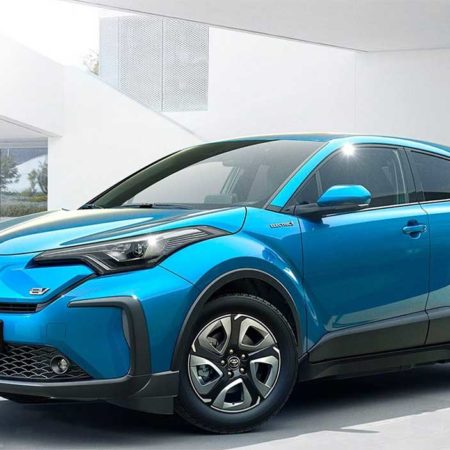
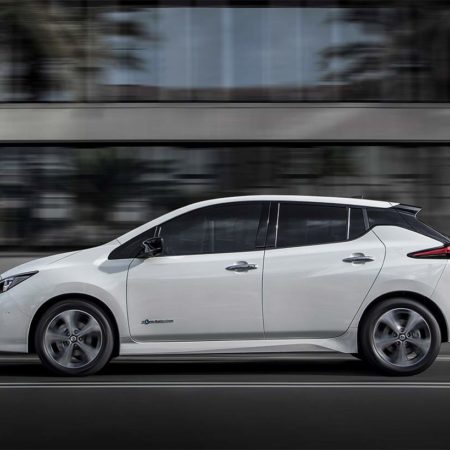
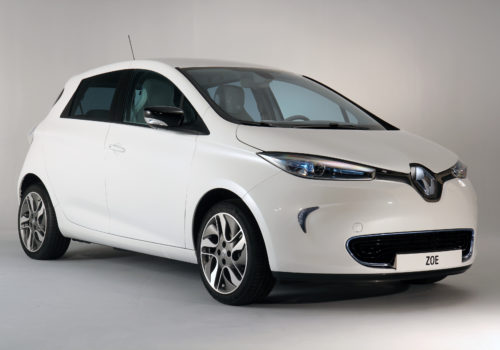
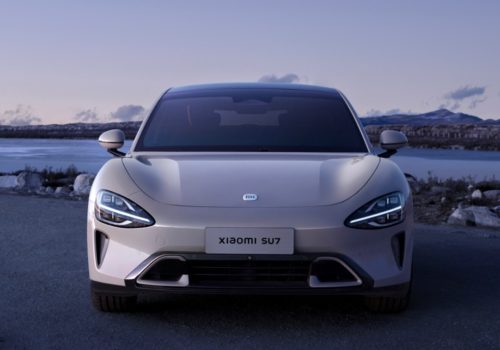
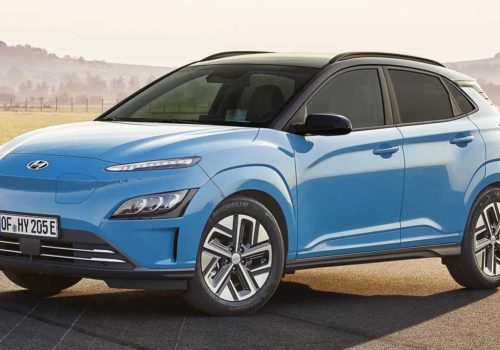
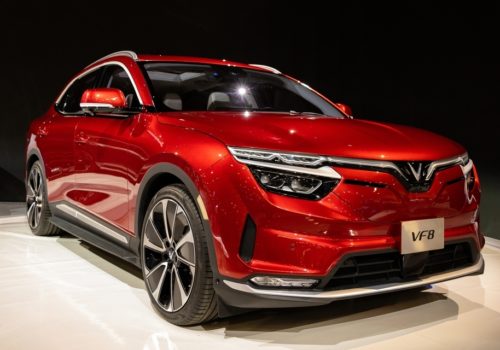
Leave a Reply